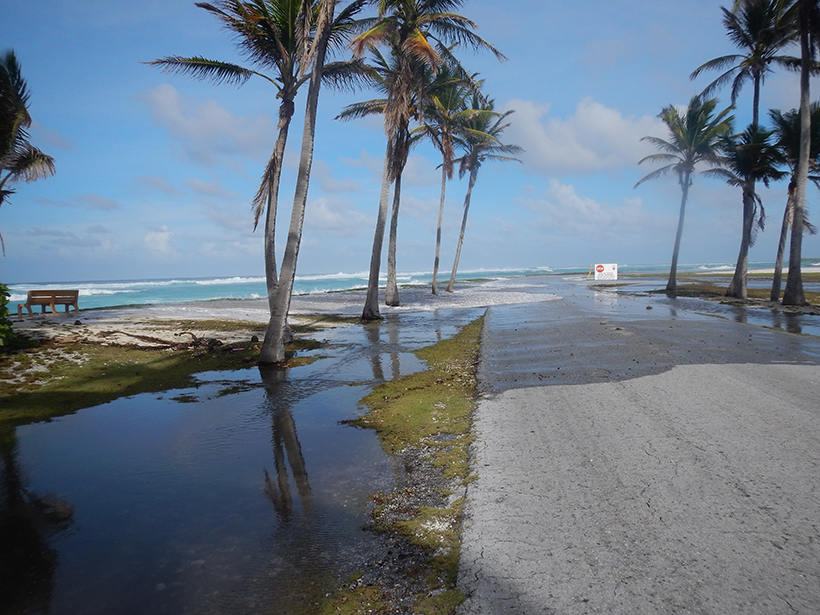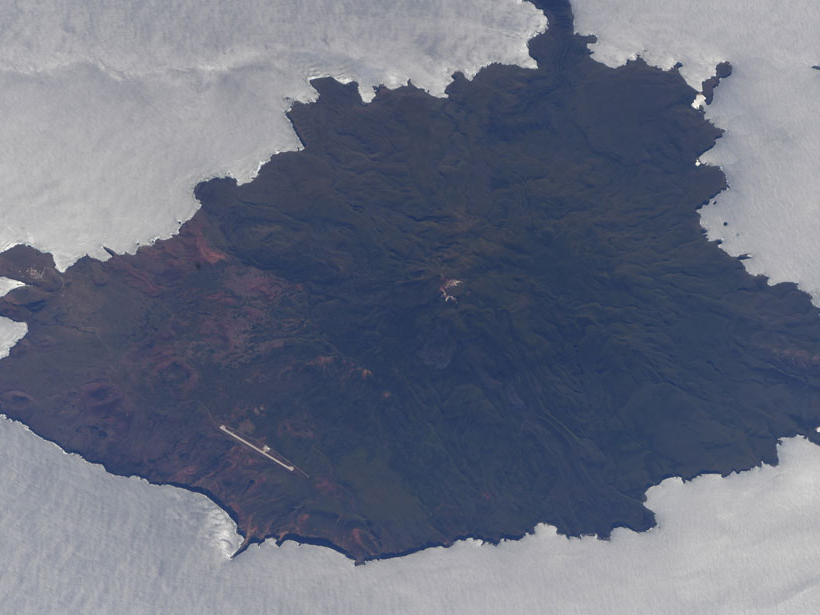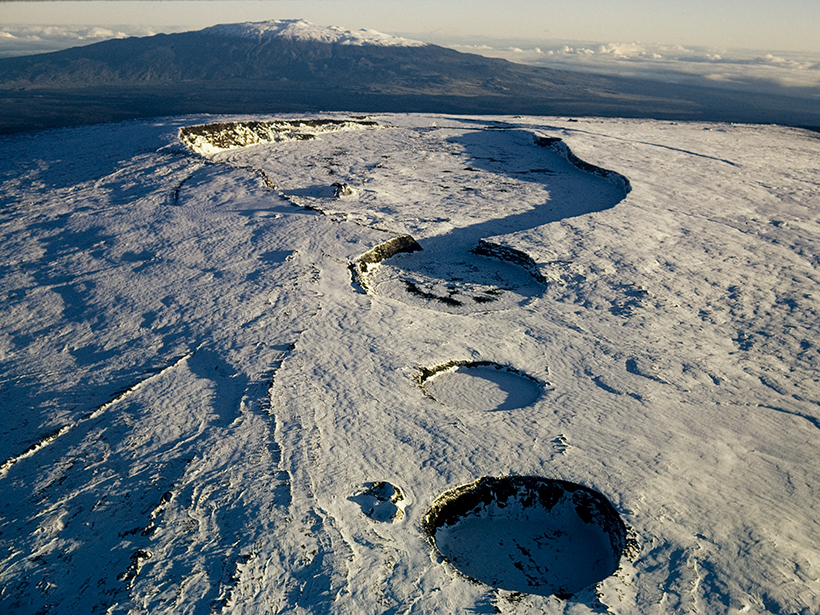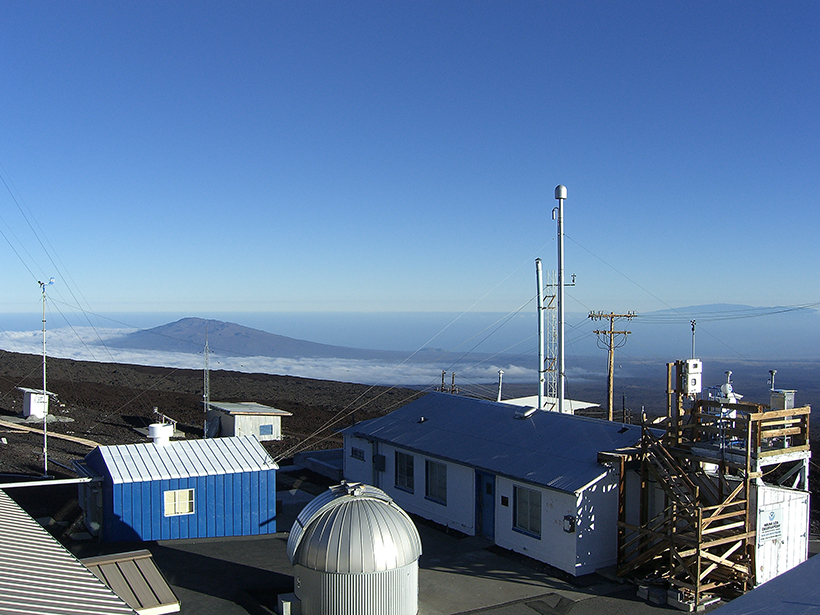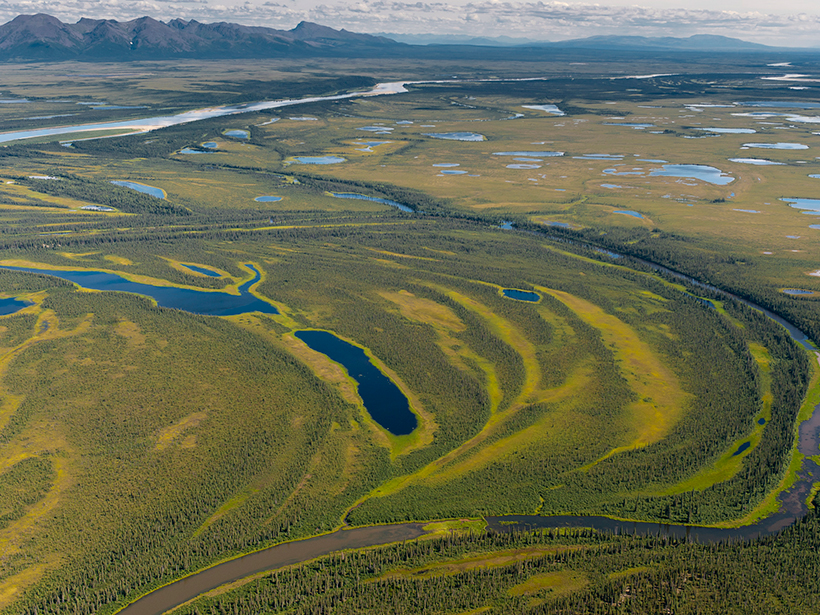Measurements taken by an automated national meteorological monitoring network during the 2017 total solar eclipse illuminate how the land and atmosphere respond to a sudden loss of sunlight.
3-Public domain
Meeting the Mineral Needs of the United States
A recent report points out where the United States is most dependent on mineral imports and highlights some ways for reducing this dependence.
Our Spectacular Earth
NASA astronaut and AGU member Drew Feustel shares stunning views of our planet from aboard the International Space Station.
Challenges of Forecasting Flooding on Coral Reef–Lined Coasts
Understanding Flooding on Reef-lined Island Coasts Workshop; Honolulu, Hawaii, 5–7 February 2018
Earth Day Message from an Astronaut on the Space Station
NASA astronaut and geoscientist Drew Feustel reminds us: High above Earth, you see no borders; you barely see cities. You do see evidence of Earth’s raw power.
Probing Magma Reservoirs to Improve Volcano Forecasts
The roots of volcanoes remain enigmatic, largely because geophysical and petrological models remain rudimentary. Scientific drilling and exploration can help.
Volcanic Unrest at Mauna Loa, Earth’s Largest Active Volcano
Mauna Loa is stirring—is a major eruption imminent? Comparisons with previous eruptions paint a complicated picture.
Strengthening the Observational Basis for Carbon Science, Policy
Sustained Observations for Carbon Cycle Science and Decision Support Workshop; Boulder, Colorado, 13–14 April 2016
Resolving a Methane Mystery in the Arctic
International Workshop to Reconcile Methane Budgets in the Northern Permafrost Region; Seattle, Washington, 7–9 March 2017
Timothy A. Cohn (1957–2017)
Cohn emphasized the use of hydrologic science for the public good, to protect ordinary citizens from flood and pollution hazards and to reduce losses from natural disasters.




